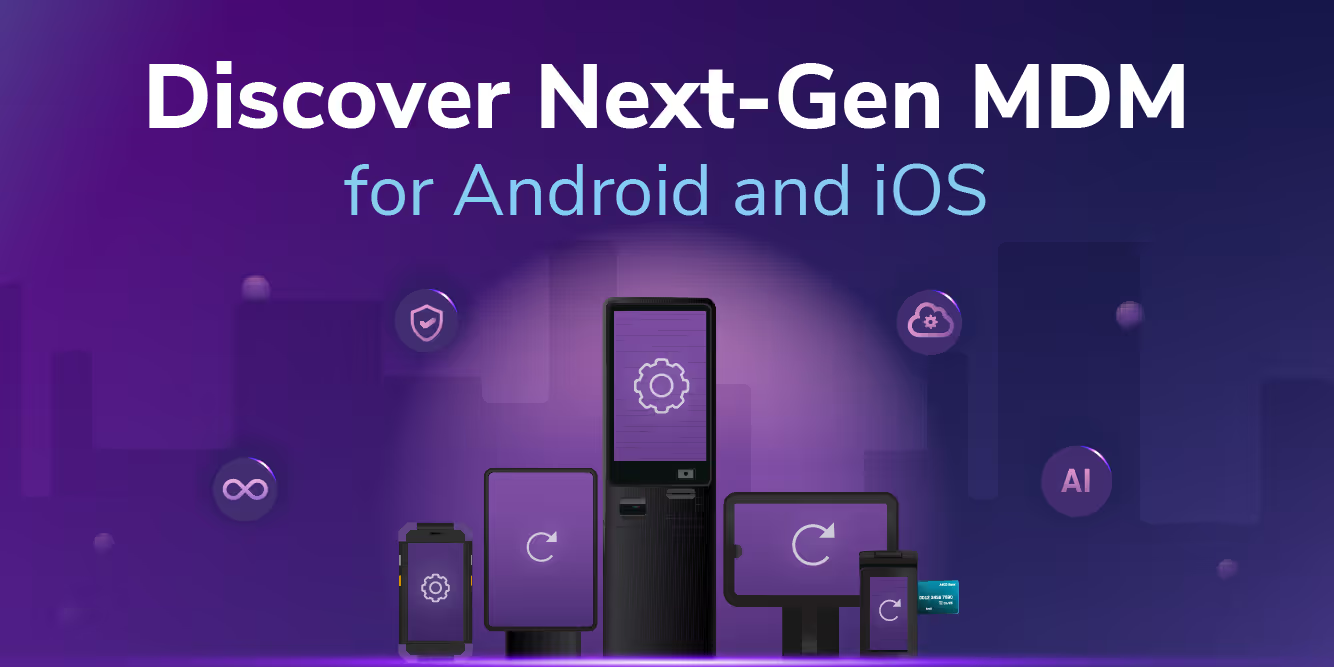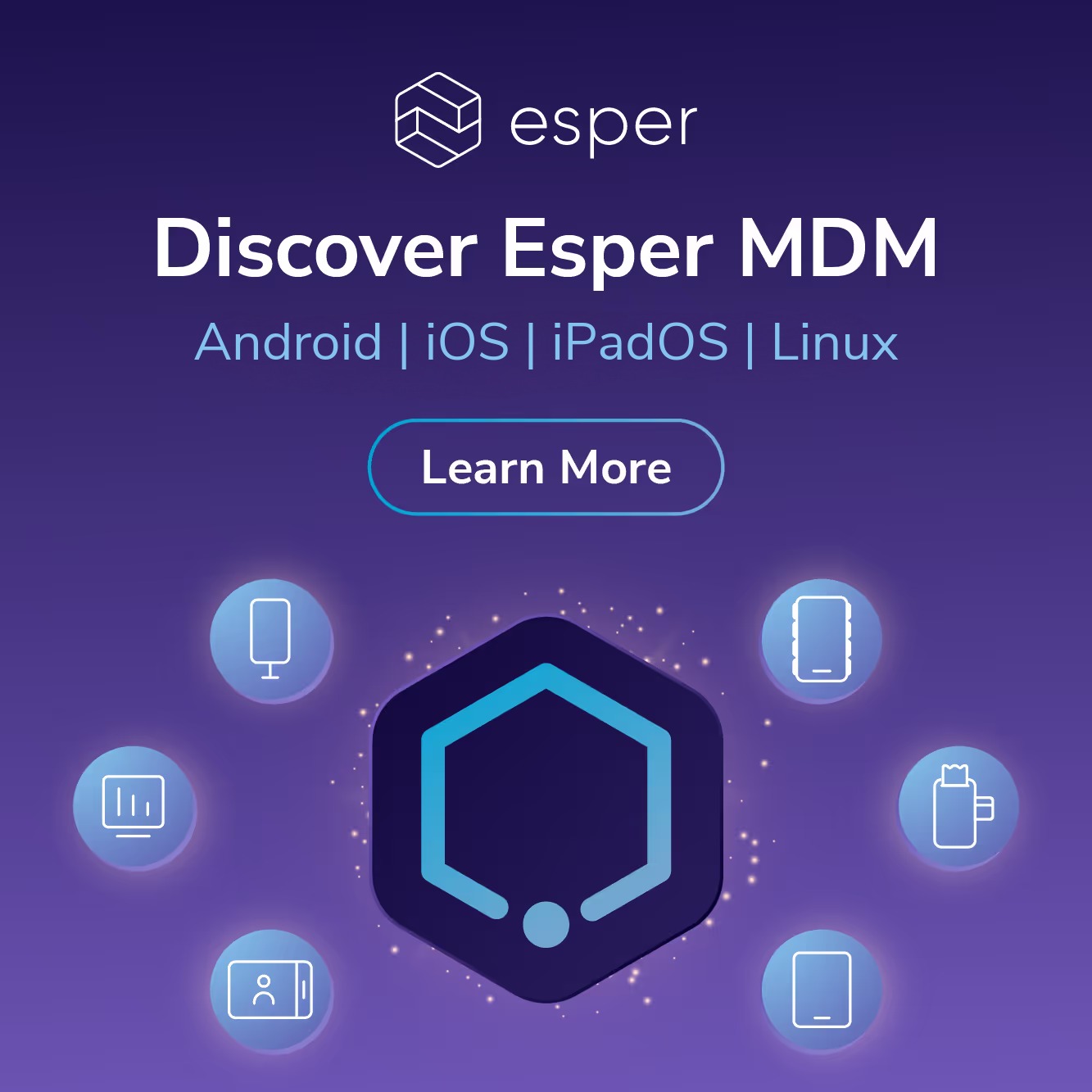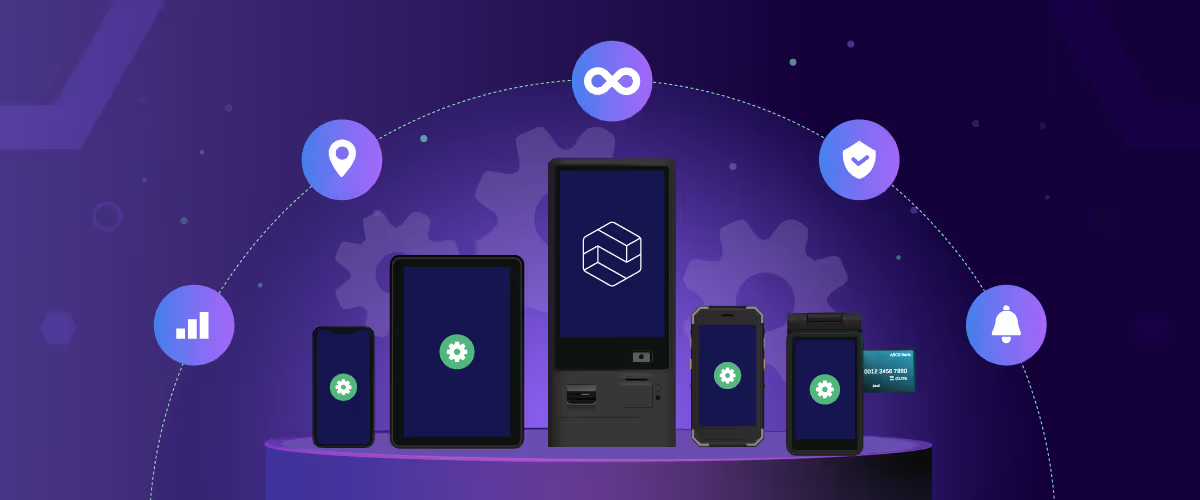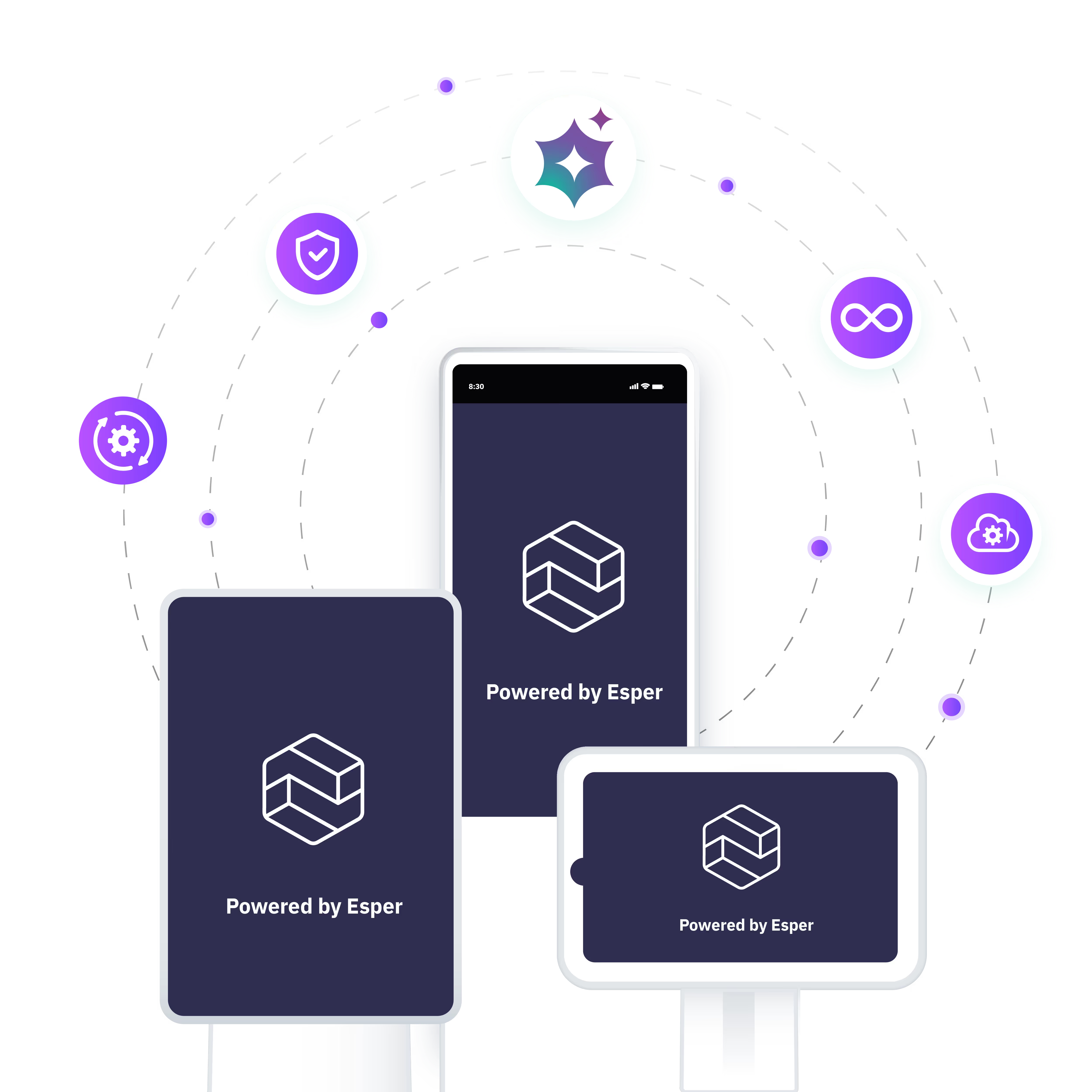Retail CIOs have an AI mandate. To stay competitive, retailers are rushing to deliver modern in-store experiences that offer convenience, value, and seamless brand experiences, and they’re depending on AI-driven predictive insights to make it possible.
But there’s a problem: Walk into any retail store and you’ll see POS systems, kiosks, scanners, handhelds, digital signage, and more. They’re often running different operating systems and managed by separate vendor tools. It’s a fragmented ecosystem full of legacy hardware. It’s hard to update, secure, or unify, and it’s incompatible with AI.
Right now, only 11% of CIOs are confident they can scale AI across the enterprise: The algorithms are ready, but retail tech is out of date. For far too many retailers, legacy POS systems alone hold them back from delivering consistent experiences, but with a patchwork of out-of-date scanners and inventory devices, self-check kiosks, and digital displays, today’s retailers are burdened with too many aging devices. Even if some devices capture rich telemetry, fragmentation means fragmented data. And AI without data is like a sports car with an empty fuel tank.
How can retail CIOs tear down the wall of legacy limitations and get to a future-ready foundation faster, with less friction? Before you can update your fleet, modernizing and consolidating your device infrastructure is a top priority — essentially, fix the digital plumbing so that advanced AI can function.
The Retail Modernization Playbook
When your edge device infrastructure is unified and modernized, every update, patch, and new capability rolls out smoothly across your entire fleet. Devices of all ages work together seamlessly, feeding real-time data into a single, reliable system. This solid foundation turns legacy hardware from a liability into a strategic asset, creating a stable environment where AI can thrive.
This leads to faster innovation: The ability to launch new customer experiences, optimize operations, and scale AI initiatives with confidence. Instead of struggling to keep outdated systems running, your team can focus on growth and transformation, knowing the infrastructure beneath them is strong, secure, connected, and built to support the future of retail.
In practical terms, this means creating a simplified, unified edge environment that’s cloud-capable and rich with real-time device telemetry. Here’s how CIOs and senior IT leaders can build the foundation their organization needs to become truly AI-ready at the edge:
Step 1: Consolidate and Standardize Device Management
It starts with an audit of all your in-store devices — everything from POS terminals to kiosks to handhelds — and bringing them under a single unified device management platform, replacing ad-hoc, siloed management tools with one modern retail device management solution that supports all your device types.
This leads to unified visibility into your entire device fleet – crucial for monitoring health, deploying updates, and enforcing security policies consistently. It also reduces IT workload and cuts the technical debt from maintaining multiple legacy systems. Most importantly, you can modernize even older hardware by managing it in a more agile, cloud-connected way.
The first step on this journey is often the hardest: taking stock of aging systems and deciding to invest in modernization. But the payoff is a retail operation that’s truly agile, data-driven, and ready to delight customers in new ways.
Step 2: Enable Real-Time Telemetry and Edge Data Collection
Visibility, simply put, means knowing what’s happening on every device, in real time. Equip your device fleet with telemetry capabilities that report key metrics and events to a central dashboard or data lake. This includes operational stats (CPU/RAM usage, battery levels, connectivity status) as well as business metrics such as transactions processed or scans per hour.
The best telemetry turns the device network into a rich source of edge data in retail that AI models can learn from. It also lets IT proactively address issues (a spike in temperature on a kiosk, a printer running low on paper, etc.) before they cause downtime. Modern device management solutions often have this built in: Real-time device telemetry across tablets, kiosks, POS systems, digital signage, and more, on a unified dashboard.
By aggregating this data, CIOs can ensure that any AI or analytics system has a steady diet of timely, unified data from the field.
Step 3: Tie Device Telemetry to Customer and Operational Data
Data from devices on its own is useful, but its value multiplies when combined with broader context. The ultimate goal is to blend device-generated data with customer data (CRM, loyalty, e-commerce) and operational data (inventory systems, ERP, supply chain) to drive holistic insights.
CIOs should plan integrations that funnel edge device data into their enterprise analytics or data warehouse, where it can join up with other datasets. This might mean adopting common data standards, using APIs, or employing integration middleware to break down barriers between systems.
The payoff is end-to-end visibility: You can correlate, say, a drop in scanner usage in one store with a drop in sales, and investigate if a device issue caused lost transactions. Or tie kiosk interaction logs with subsequent purchase data to measure conversion. One industry best practice is using unified telemetry and observability tools that merge technical performance data with user experience metrics.
The bottom line: Make device data an integral part of your data strategy, because your AI cannot optimize what it doesn’t see. Modern platforms can help here as well when they’re designed to integrate seamlessly with your existing systems and tools for a unified experience, meaning the telemetry collected can feed into your preferred analytics or AI pipelines rather than sit in a silo.
Step 4: Embrace Automation and DevOps at the Edge
To truly harness AI at the edge, you should be managing edge devices with the same agility as cloud software. This involves automating provisioning, updates, and even the rollout of AI models to edge devices. Adopting DevOps workflows for your device fleets ensures that new AI-driven functionalities can be delivered to stores quickly and reliably.
For example, if you develop a computer vision model to run on your camera system in stores, you’ll want an automated way to deploy that model to all relevant devices and update it periodically. To make it possible, look for device management platforms that support application pipelines, scripting, and remote updates at scale.
For compliance, look to desired state management for a proactive, automated approach, CI/CD pipelines for app and model updates, and staged rollouts are features that can greatly simplify this process. Automation reduces errors and frees IT staff from repetitive tasks, so AI updates don’t stall in months-long manual rollouts.
Modernizing Legacy Systems Into AI-Ready Architectures
AI has the power to transform retail, driving personalized customer experiences, smarter operations, and new efficiencies. But this potential can only be realized when the fragmentation of legacy devices is addressed.
By unifying your edge infrastructure and integrating device telemetry with enterprise data, you create a solid foundation for growth. Modernized devices become reliable, connected assets — feeding AI models with high-quality data and seamlessly executing AI-driven applications at the edge. With this infrastructure in place, CIOs gain the visibility and agility needed to innovate faster, respond to market changes, and deliver consistent experiences across every store.
With the right foundation to build your AI strategy on, you can turn legacy limitations into a competitive advantage and confidently lead your organization into the AI-powered future of retail. Your customers, employees, and bottom line will thank you.
FAQ
Keep Exploring


















